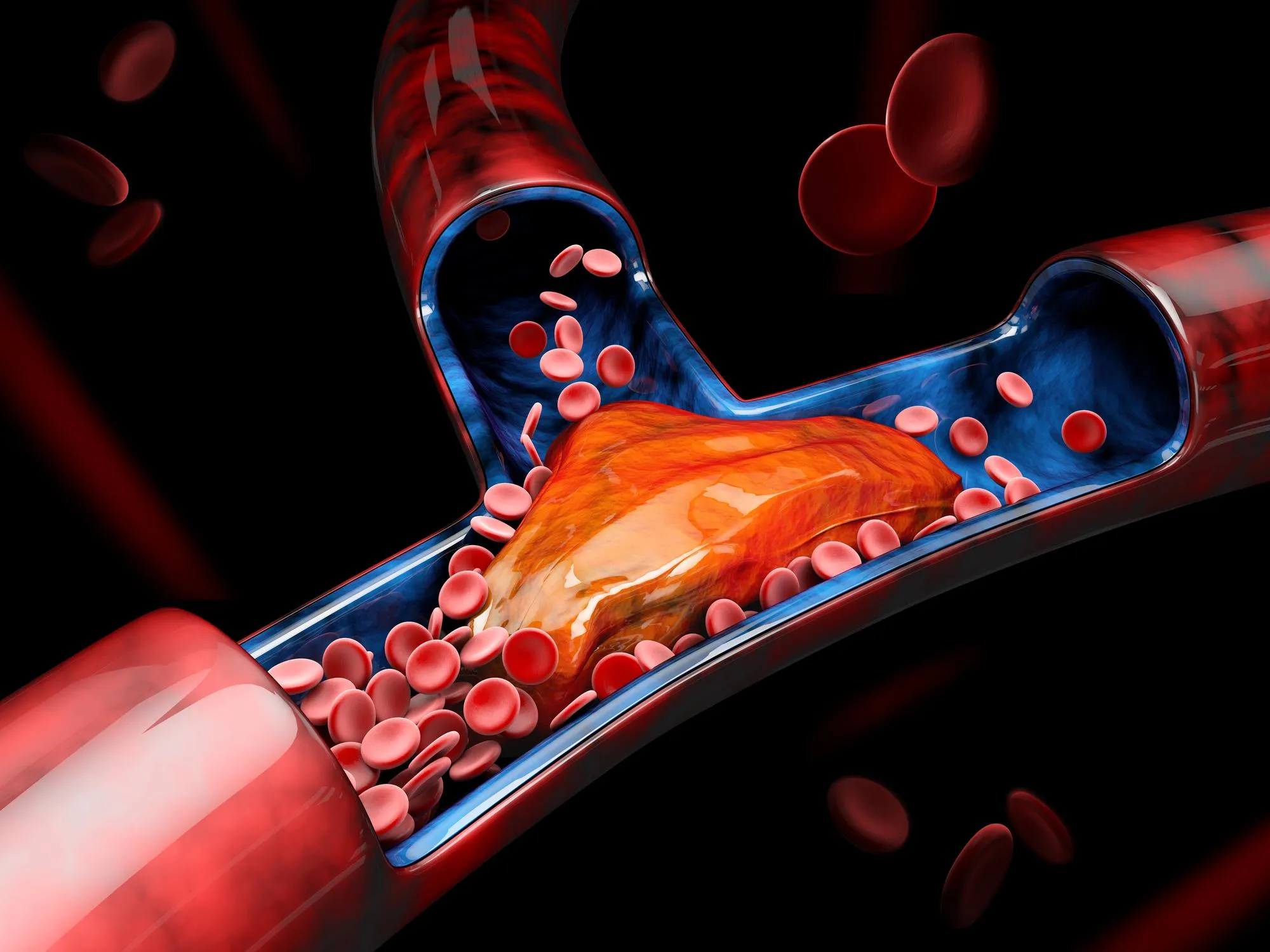Scientists are making significant strides in the fight against arterial thrombosis, a life-threatening condition that could lead to stroke or heart attack. Research published in “Carbohydrate Polymers” journal reveals a breakthrough in targeted therapy with a fucoidan-based microvesicle that offers promising results for both arterial thrombolysis and re-occlusion inhibition. DOI:10.1016/j.carbpol.2023.121703
The Threat of Arterial Thrombosis
The formation of a blood clot within an artery, known as arterial thrombosis, can lead to the obstruction of blood flow, resulting in severe cardiovascular events. Current therapeutic approaches, while potential lifesavers, come with challenges such as lack of precise targeting and controlled drug release. Addressing these challenges, a research team led by Chen Zhechang and Yuan Caijie from the State Key Laboratory of Resource Insects and the College of Sericulture, Textile and Biomass Sciences, Southwest University, China, has developed a promising solution.
Innovative Dual-Targeting System
In their study, the researchers engineered a drug delivery system using chitosan (CS) and fucoidan (Fu) carbohydrates, which were assembled layer by layer. The system, subsequently enhanced with cRGD peptide, enables the encapsulation of urokinase-type plasminogen activator (uPA). This drug delivery system, named uPA-CS/Fu@cRGD, is designed to target specific receptors on the surface of blood clots, namely P-selectin and αIIbβ3 integrin. The dual-targeting mechanism ensures that the drug is delivered to the site of the thrombus more efficiently under simulated arterial conditions with high shear rates.
Elevated Efficiency under Shear Stress
Shear rates, which quantify the rate of change in velocity at which one layer of fluid passes over an adjacent layer, were used to evaluate the targeting efficiency of this system. Clinically relevant shear rates that simulate thrombosed arterial conditions (1800 s^-1) were shown to significantly improve the targeting efficiency of the uPA-CS/Fu@cRGD microvesicle.
On-Demand, Targeted Release
Moreover, the microvesicle is engineered for pH and platelet-responsive release. This means that it can recognize the unique environment of a thrombus and release the therapeutic agent (uPA) in response to the acidic conditions and the presence of activated platelets commonly found at sites of thrombosis.
Inhibiting Re-occlusion
Not only does this system effectively break down blood clots, but it also exhibits notable capability in preventing re-occlusion – the recurrence of blood clot formation. This is a significant improvement over current treatments, aiming to provide a more enduring resolution for patients suffering from arterial thrombosis.
Authoritative Perspectives
Lu Bitao, Ye Yaxin, Hu Enling, and the other collaborating experts from Southwest University and the Ludwig Boltzmann Institute for Experimental and Clinical Traumatology, AUVA Research Center in Vienna, Austria, underline the potential of this system to revolutionize the current treatment of arterial thrombosis. The collaborative effort extends to Chongqing Engineering Research Center of Biomaterial Fiber and Modern Textile, with significant contributions from Lu Fei, Yu Kun, Xie Ruiqi, and Lan Guangqian.
Recognizing the Breakthrough
This study is hailed as a milestone in the field of targeted thrombolytic therapy. It proposes an efficient, precise, and potentially safer option for patients at risk of arterial thrombosis and its complications. Further clinical trials will be crucial in establishing the full potential and application of the dual-targeting microvesicle in medical practice.
Competing Interests
The researchers maintain transparency by declaring no known competing financial interests or personal relationships that could have influenced their work, bolstering credibility in their findings.
Looking Forward: The Impact on Cardiovascular Disease Treatment
This development is expected to significantly impact the landscape of cardiovascular disease treatment. It offers a glimpse into a future where clinicians can deploy targeted therapeutics that address the fundamental challenges of existing thrombolytic treatments – specificity and the mitigation of re-occlusion.
Research on this dual-targeting fucoidan-based microvesicle represents a blend of advanced biomaterials and nanotechnology aimed at confronting a major global health issue. As research progresses, the hope is that such innovations will translate into more effective, adaptable, and patient-friendly therapies for those at risk of acute arterial thromboses.
Keywords
1. Arterial thrombosis treatment
2. Fucoidan-based microvesicle
3. Dual-targeting drug delivery
4. Thrombolytic therapy advancements
5. Targeted arterial thrombolysis
References
1. Chen Zhechang, et al. (2024). Dual-targeting fucoidan-based microvesicle for arterial thrombolysis and re-occlusion inhibition. Carbohydrate Polymers, 328, 121703. DOI:10.1016/j.carbpol.2023.121703
2. Jaffer, F. A., & Weissleder, R. (2004). Molecular imaging in the clinical arena. JAMA, 293(7), 855-862. DOI:10.1001/jama.293.7.855
3. Versteeg, H. H., Heemskerk, J. W., Levi, M., & Reitsma, P. H. (2013). New fundamentals in hemostasis. Physiological reviews, 93(1), 327-358. DOI:10.1152/physrev.00016.2011
4. Davidson, B. L., & McCray Jr, P. B. (2011). Current prospects for RNA interference-based therapies. Nature Reviews Genetics, 12(5), 329-340. DOI:10.1038/nrg2968
5. Torchilin, V. P. (2005). Recent advances with liposomes as pharmaceutical carriers. Nature Reviews Drug Discovery, 4(2), 145-160. DOI:10.1038/nrd1632
